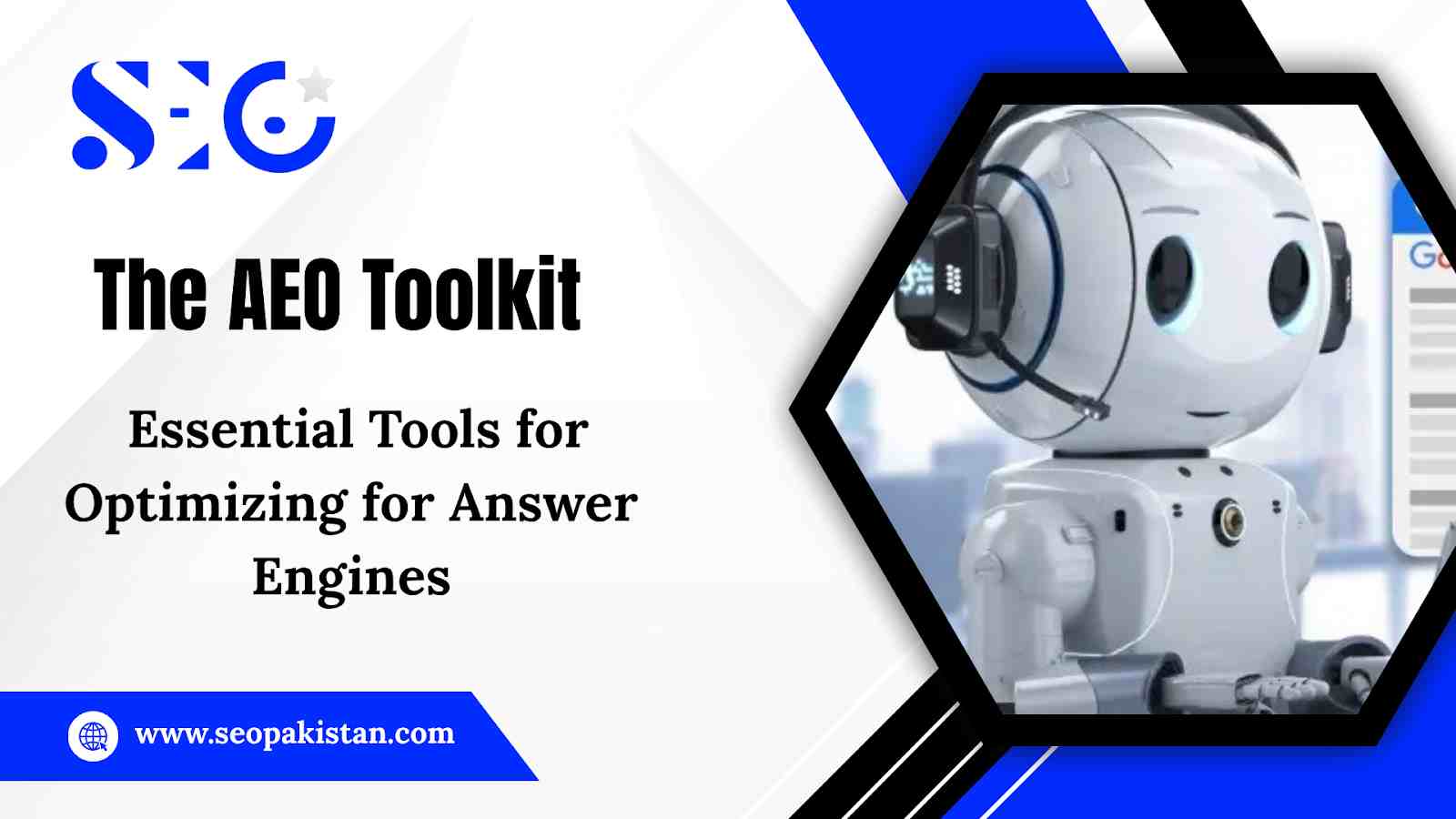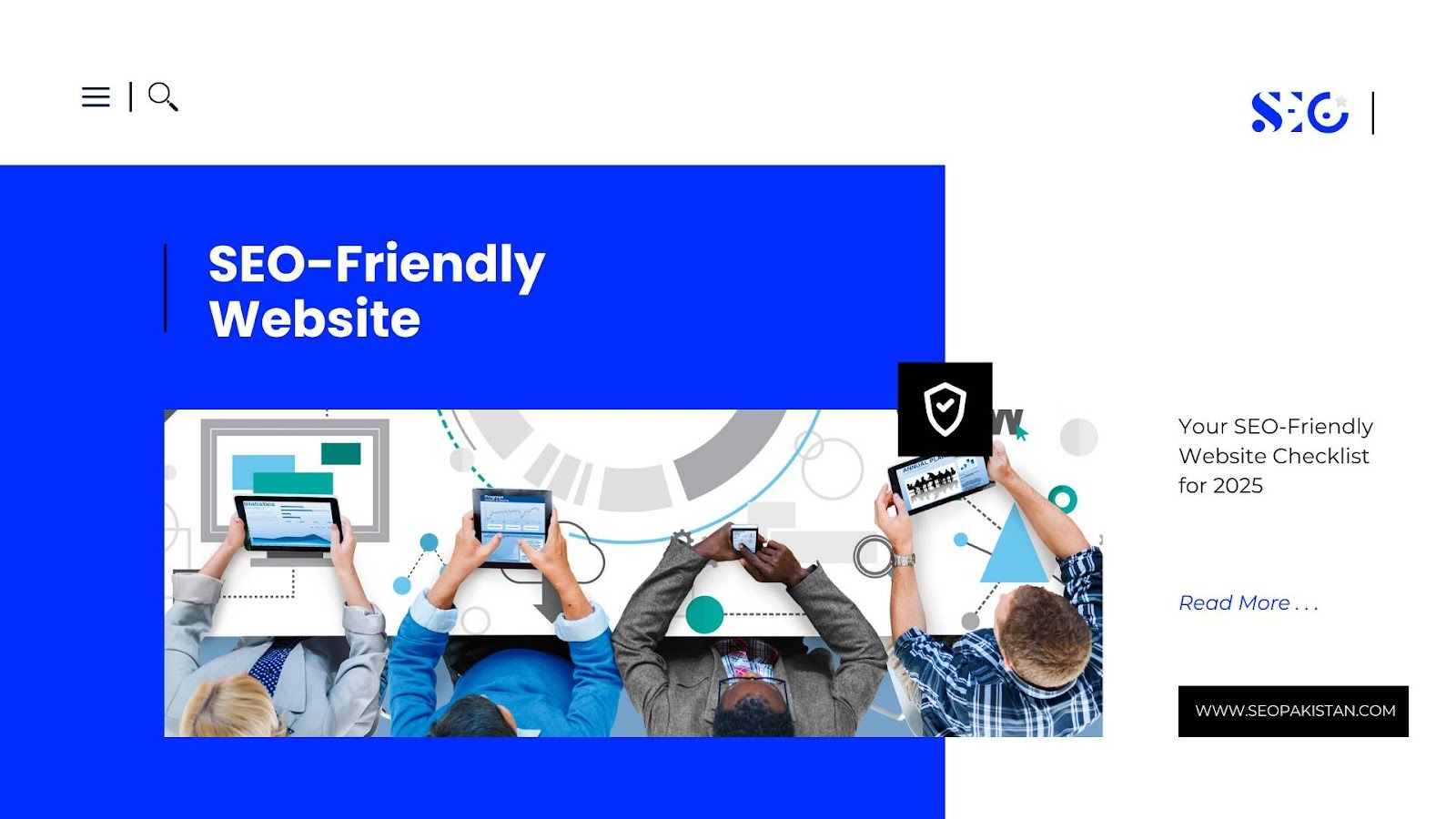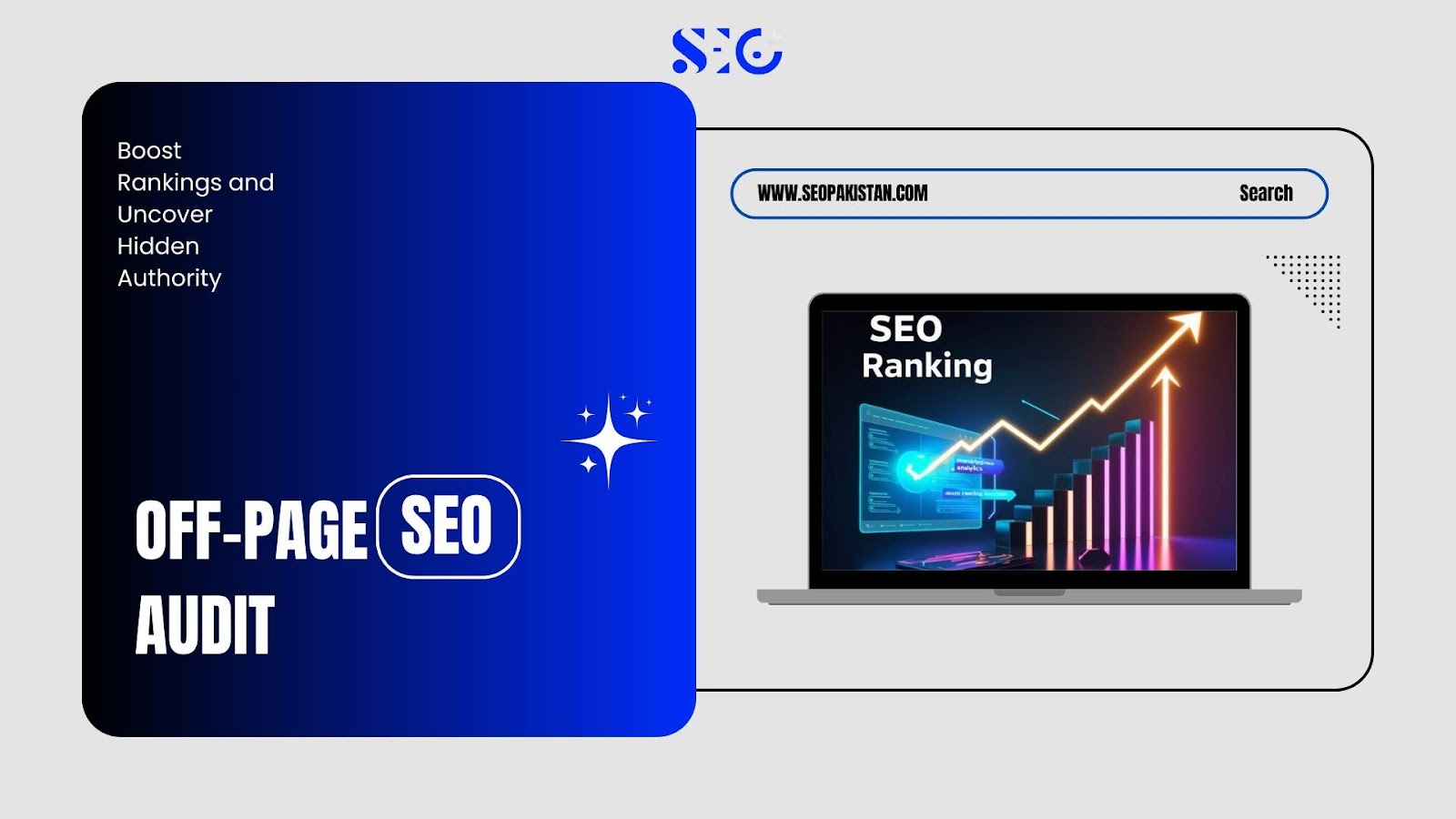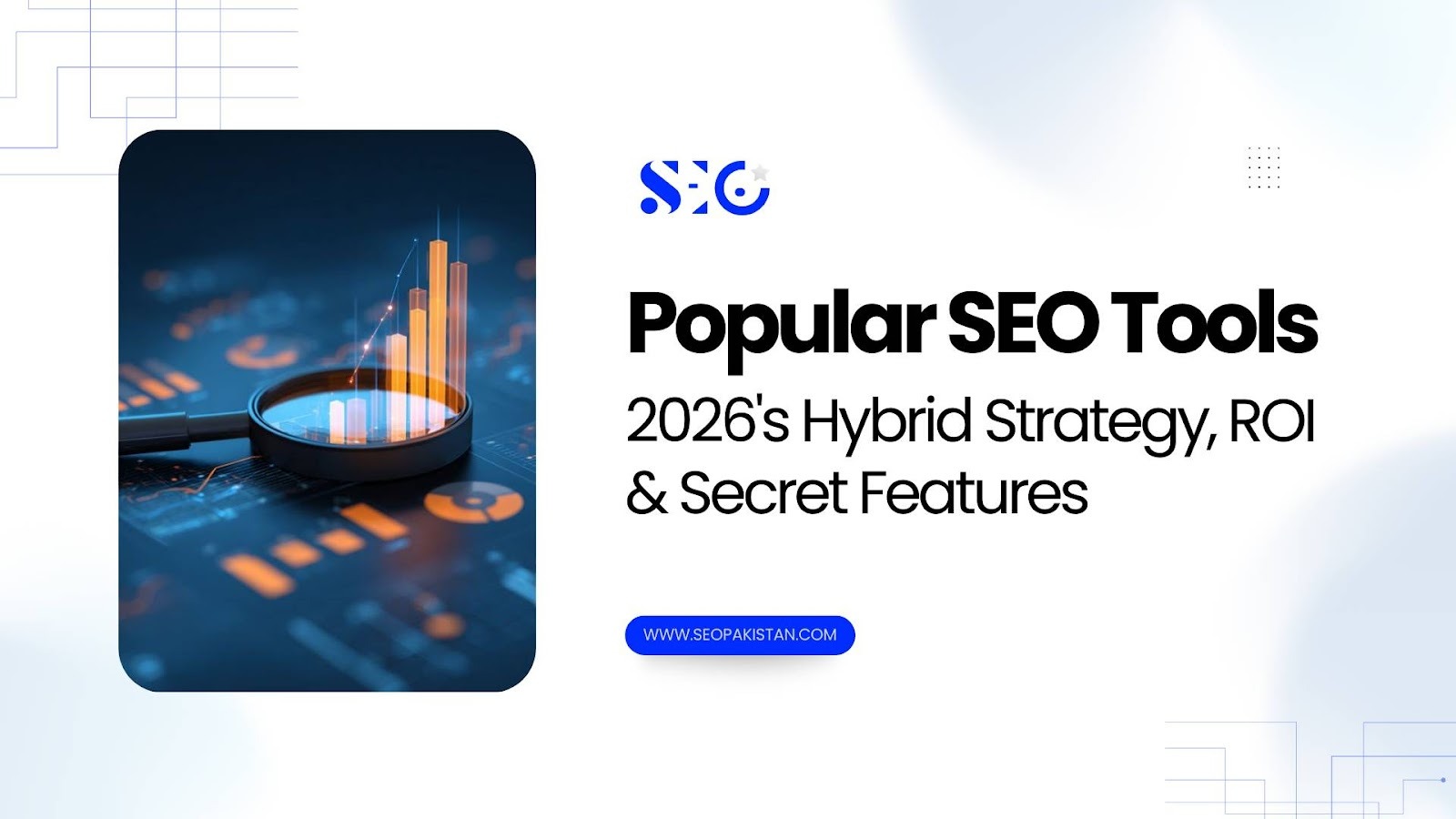The search landscape is evolving as Google continues to prioritize user convenience. Traditionally, SEO focused on ranking for blue links, but Google has now introduced AI Overviews to enhance the search experience.
The main goal of these AI-powered features is to provide users with authentic, direct, and to-the-point answers without the need to browse through multiple websites. By delivering instant solutions, Google ensures a more seamless and efficient search experience for its users.
This transformation has created what experts call “zero-click searches”—where users receive complete answers directly in search results.
AEO adapts to the rise of AI systems. Unlike traditional SEO, which targets search rankings, AEO ensures your content is clear, extractable, and cited by AI. Success in AEO goes beyond great content. It requires tools to find opportunities, improve machine readability, and track performance on AI platforms.
The Shifting Search Landscape: From Links to Answers
Conventional search methods used algorithms to rank pages by evaluating factors like authority, keyword relevance, and user activity. Users would scan through multiple results, clicking on the most relevant links to find their answers. This model rewarded websites that could capture clicks and engage visitors.
AI-powered search engines operate differently. They analyze content across the web, synthesize information, and present comprehensive answers directly to users.
Google’s AI Overviews, for example, can pull information from multiple sources to create a single, authoritative response. Similarly, ChatGPT and other large language models draw from their training data to provide detailed answers without requiring users to visit external websites.
The Importance of AEO
AEO marks the next step in search optimization, tailored for an AI-powered future. While traditional SEO focuses on ranking factors like backlinks and keyword density, AEO prioritizes content structure, clarity, and machine readability.
The goal is to make your content so well-organized and authoritative that AI systems naturally select it as a source for their responses.
Mastering AEO opens opportunities to engage users across various AI platforms like Google’s AI Overviews, ChatGPT, and emerging AI search engines.
Here’s what it takes to succeed in AEO:
Identify audience questions: Use data-driven insights to discover what your audience is searching for.
Optimize content for AI: Ensure your content is designed for easy extraction by AI platforms.
Implement technical elements: Enhance machine readability with proper technical optimization.
Monitor performance: Track your visibility and effectiveness across AI platforms using specialized tools.
Category 1: Question & Intent Discovery Tools
Unearthing Conversational Queries
AI systems excel at understanding natural language, making conversational queries more important than ever. Understanding these question patterns is crucial for AEO success.
What questions are your potential customers asking? Which topics generate the most AI-powered responses? These tools help you uncover the conversational nature of modern search:
AlsoAsked.com
AlsoAsked.com creates visual maps of related questions, helping you understand user search journeys and identify content gaps.It uses data from Google’s “People Also Ask” to deliver authentic user insights.
AnswerThePublic
AnswerThePublic organizes long-tail questions into visual “mind maps,” uncovering search intents and lesser-known queries perfect for content and SEO strategies.
Semrush
Semrush’s Keyword Magic Tool helps find high-value question keywords with search volume data, SERP analysis, and content ranking insights.
Ahrefs
Ahrefs’ Keyword Explorer identifies question-based keywords and provides intent analysis, search volumes, and SERP feature details to optimize your content strategy.
QuestionDB
QuestionDB aggregates real user questions from forums and Q&A sites, offering uncovered queries for niche topics and content ideas.
Ubersuggest
Ubersuggest delivers a curated list of question keywords with search volume and SEO difficulty, making it easy to find actionable opportunities for content creation.
Category 2: AI-Friendly Content Optimization Platforms
Crafting Content for Machine Readability
Creating content that AI systems can easily extract and cite requires more than good writing. AI algorithms prefer content with clear structure, concise answers, and logical organization. These platforms help you optimize your content for both human readers and AI systems.
How can you structure your content to maximize AI extraction? What elements make your content more likely to be cited in AI responses? These tools provide the guidance you need:
Surfer SEO
Optimize your content instantly using Surfer SEO’s powerful Content Editor. Get actionable recommendations for word count, keywords, and structure using NLP to ensure comprehensive topic coverage.
Frase.io
Frase.io analyses competitors, answers user queries, and covers key topics to improve search and AI visibility.
Writesonic
Writesonic focuses on Generative Engine Optimization (GEO), providing tools to tailor content for AI systems like Google’s AI Overviews. Create optimized, AI-ready content with ease.
Clearscope
Clearscope offers keyword-driven suggestions and competitive insights to help optimize your content. Boost relevancy and ranking with its simple, effective recommendations.
MarketMuse
MarketMuse uses AI to identify content gaps and recommend enhancements. Build well-rounded, authority-driven content that performs well in search engines and AI systems.
Content Harmony
Content Harmony automates content briefs by analyzing top-performing pages and keywords. Create structured, optimized content with data-backed recommendations.
Category 3: Structured Data & Schema Markup Generators
Speaking AI’s Language: The Power of Schema
Structured data serves as a bridge between human-readable content and machine understanding. Schema markup adds depth and clarity to your content, making it easier for AI systems to interpret its purpose and connect it to relevant user searches.
Why is structured data crucial for AI visibility? How can you implement schema markup that enhances your content’s machine readability? These tools simplify the process:
Google’s Rich Results Test
The go-to tool for validating structured data. It identifies implementation errors, previews how your content will appear in search results, and helps optimize for Google’s AI features and rich results.
Rank Math & Yoast SEO (Premium)
Top WordPress plugins with built-in schema generators. Easily apply structured data like FAQPage, HowTo, and Article markup, making them ideal for content creators without coding expertise.
Merkle Schema Markup Generator
A free tool that lets you create schema markup (JSON-LD) for common types like FAQs, breadcrumbs, and events. A great resource for quick and accurate schema implementation.
Category 4: AI Visibility & Performance Monitoring Tools
Tracking Your Presence in AI Overviews
Traditional SEO metrics don’t capture the full picture of AI visibility. When your content appears in AI-generated answers, you might not receive direct clicks, but you gain valuable brand exposure and authority. Monitoring your presence across AI platforms requires specialized tools and approaches.
How often does your content appear in AI responses? Which topics generate the most AI citations for your brand? These tools help you track your AEO performance:
Peec AI and Profound
These advanced tools specialize in tracking brand mentions and citations across large language models like ChatGPT, Claude, Google AI Overviews, and Perplexity. They provide sentiment analysis and contextual insights, allowing you to understand how AI systems perceive your brand. Use this data to improve your AI-driven search engine optimization (AEO) strategy and spot growth opportunities.
Ahrefs Brand Radar
Ahrefs Brand Radar monitors brand mentions across the web, offering insights into authority signals that AI systems rely on for source selection. While not exclusively for AI platforms, it helps you understand the broader context of your brand’s influence online, indirectly improving your AEO outcomes.
Google Search Console
A must-have for AEO monitoring, Google Search Console provides data on queries triggering AI Overviews, impressions, and click-through rates. This helps you adapt your strategy to balance traditional search performance with the growing dominance of AI-powered results.
Brand24
Brand24 tracks online mentions of your brand across various platforms, including social media, blogs, and forums. With sentiment analysis and real-time alerts, it ensures you stay informed about how your brand is discussed online, providing actionable insights for building a stronger online reputation.
Category 5: E-E-A-T & Authority Building Tools
Earning AI’s Trust: Credibility is King
AI systems prioritize content from authoritative, trustworthy sources. Experience, Expertise, Authoritativeness, and Trustworthiness (E-E-A-T) signals play a crucial role in determining which content gets cited in AI responses. Building and maintaining these authority signals requires consistent effort and the right tools.
How can you demonstrate expertise that AI systems recognize? What authority signals matter most for AEO success?
Brand Monitoring with Brand24 and Mention
These tools provide real-time alerts, sentiment analysis, and engagement opportunities to help you manage your online presence effectively and respond quickly to mentions.
Google Alerts for Simple Monitoring
Google Alerts is a free, straightforward tool for tracking brand mentions online. While basic, it’s useful for keeping tabs on conversations about your brand and identifying opportunities to strengthen your authority.
Hootsuite for Social Listening
Hootsuite combines social media management with robust listening tools, allowing you to monitor brand mentions, competitor activity, and trending topics, all in one platform. Ideal for strategic engagement and reputation management.
BuzzSumo for Content Impact
It tracks the performance of your content cross the web. Use it to identify high-performing content, track backlinks, and discover influencers to amplify your message effectively.
Choosing Your AEO Arsenal: What to Consider
Assessing Your Needs and Budget
Building an effective AEO toolkit requires careful consideration of your specific goals, resources, and current capabilities. Not every business needs every tool, and starting with the right foundation is more important than having access to every available platform.
Consider your current content creation workflow and identify the biggest gaps in your AEO capabilities.
Do you need help optimizing existing content for AI extraction? Is monitoring your AI visibility the priority? Starting with tools that address your most pressing needs will provide the best return on investment.
Integration with Existing Workflows
The most effective AEO tools are those that integrate seamlessly with your current processes. Look for platforms that work with your existing content management systems, SEO tools, and analytics platforms. This integration ensures that AEO becomes a natural part of your content creation process rather than an additional burden.
Many tools offer free trials or freemium versions that allow you to test their capabilities before committing. Take advantage of these opportunities to ensure that any tool you choose fits your workflow and provides real value for your specific use cases.
Conclusion
So, there you have it! Your essential AEO toolkit for navigating the AI-driven search landscape. We’ve covered how crucial it is to discover user intent with smart question-finding tools, then craft AI-friendly content using specialized optimization platforms.
Remember the power of structured data to help AI understand your content deeply, and don’t forget to monitor your AI visibility with dedicated tracking tools. Finally, consistently building your E-E-A-T and authority is paramount for earning AI’s trust.
Ready to adapt and ensure your content thrives? Visit SEOpakistan.com for more expert insights and strategies to master AEO today!
Frequently Asked Questions
What exactly is AEO?
AEO is the process of optimizing your content to rank effectively on AI-powered answer engines like Google AI Overviews. Its goal is to make your information clear, extractable, and easily cited by AI to provide direct answers to user queries.
How do Google’s AI Overviews benefit my website?
AI Overviews deliver quick, concise summaries right on the search results page, which may lessen the need for users to visit additional links. Optimizing for these ensures your brand remains visible and establishes authority even in “zero-click” scenarios.
Is AEO only relevant for Google’s AI Overviews?
No, AEO principles apply to optimizing content for any AI-powered answer engine, including platforms like ChatGPT, Claude, and Perplexity AI. The main goal is to make your content understandable and citable by various large language models (LLMs).
Do backlinks still matter for AEO success?
Yes, backlinks remain crucial for AEO.
How can I make my existing content “AI-friendly”?
To make content AI-friendly, audit your existing content to identify gaps and areas for improvement. Then, prioritize using clear headings, brief responses to targeted questions, and incorporating structured data like Schema Markup.













